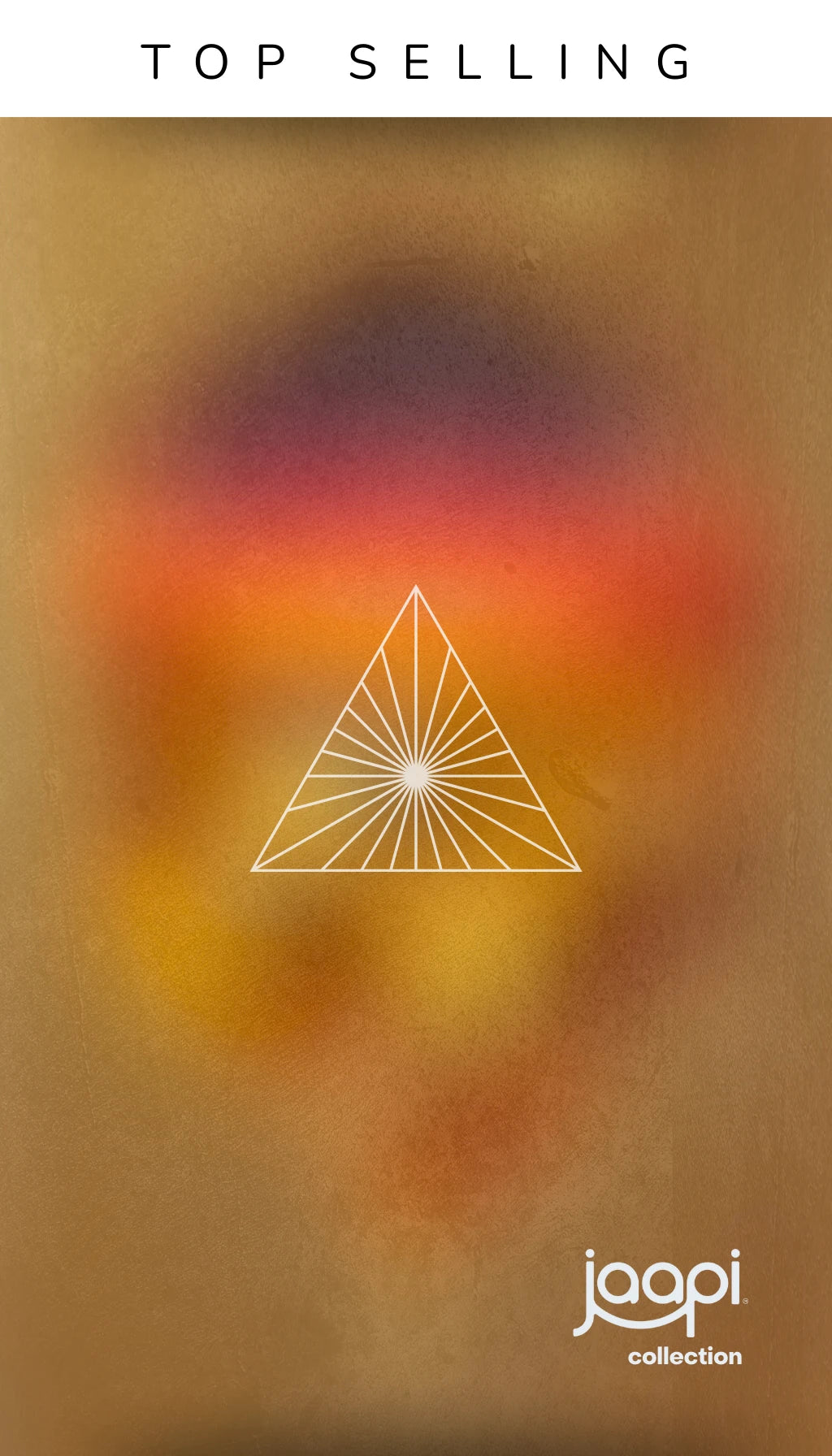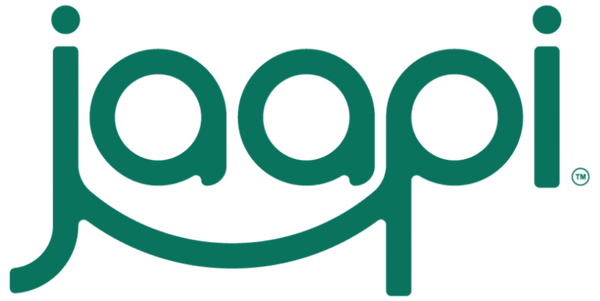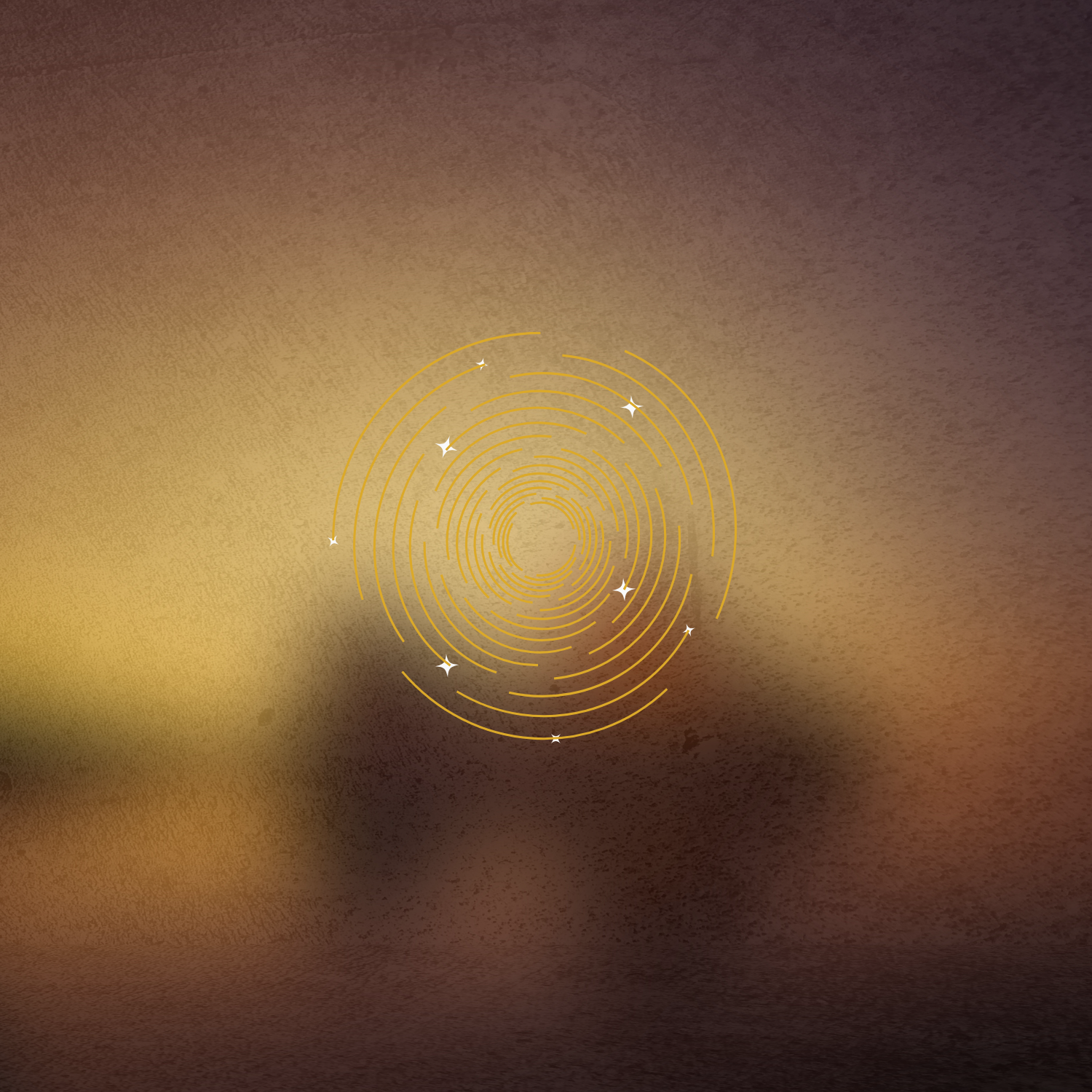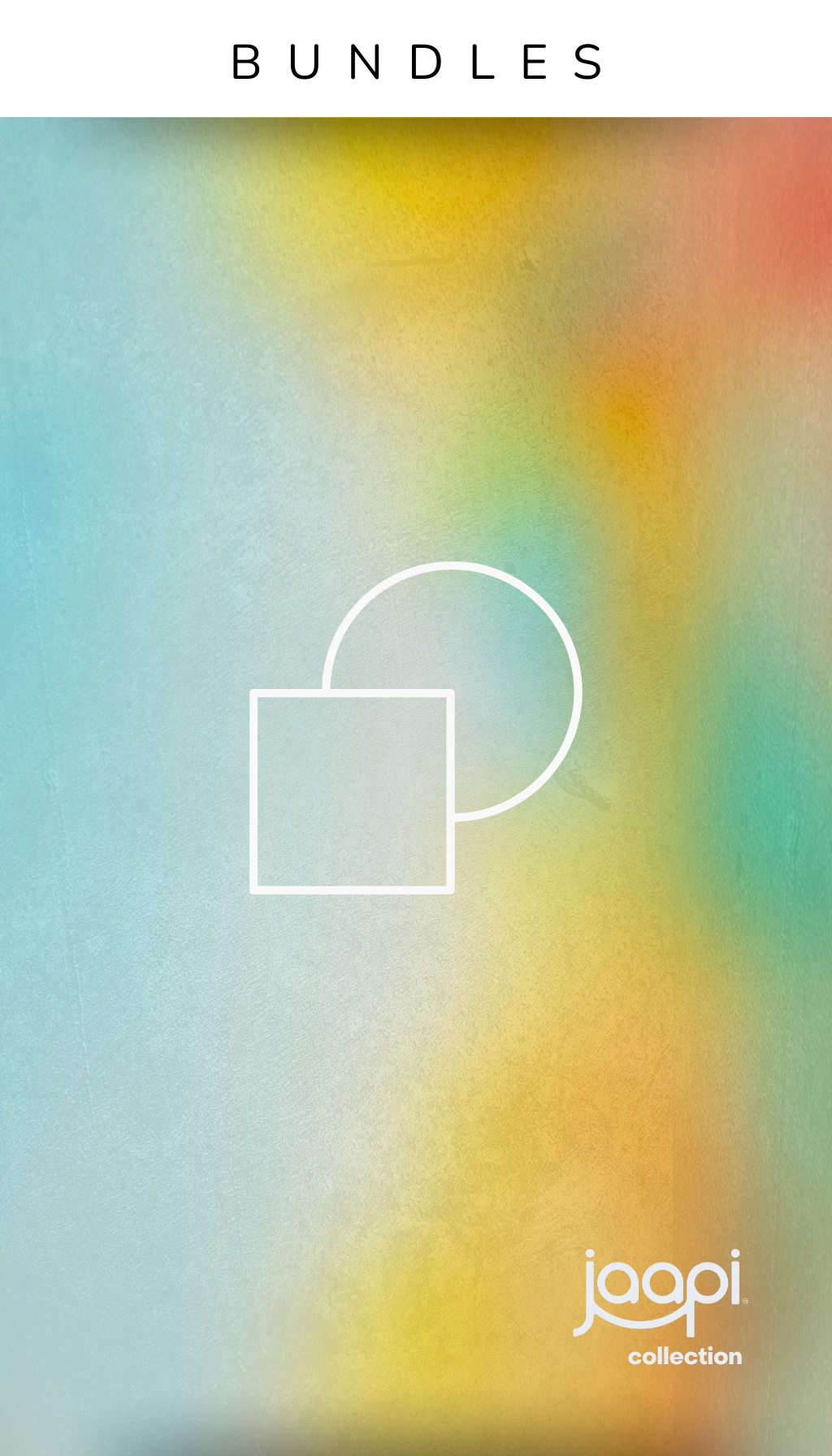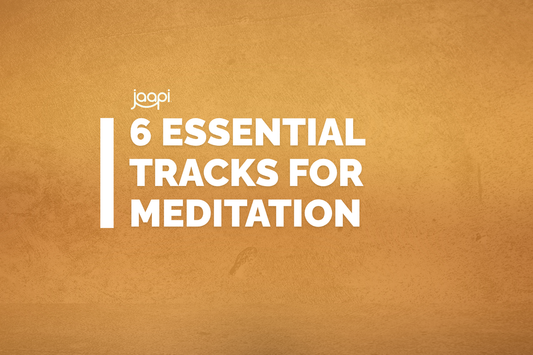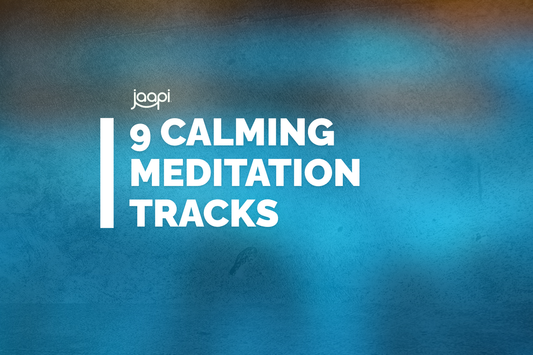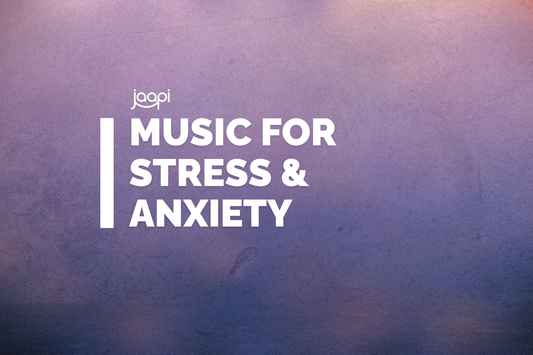Is Royalty Free Meditation Music Really Free? Usage & Licensing Explained
Yes and no. "Royalty free" means you don't pay ongoing royalties to use the music—but most high-quality royalty-free music does cost money upfront. You'll find some genuinely free options, but truly professional tracks usually require a one-time purchase with the license.
Affiliate Disclosure: As an Amazon Associate, we earn from qualifying purchases. We only recommend external tools that complement your practice.
This confuses a lot of people—especially content creators and wellness professionals who need meditation music for YouTube, client sessions, or digital products. Let's break down what you're actually getting and what to expect.
What "Royalty Free" Actually Means
"Royalty free" doesn't mean free—it means no ongoing payments. Here's how it works:
- You pay once upfront - Buy the track or download for free with terms
- No recurring fees - Use it in your projects without monthly royalties
- License determines usage - Personal vs. commercial use depends on what you licensed
- Keep using it forever - As long as you follow license terms, you're covered
So you might pay $5-20 for a single track, but then use it in unlimited YouTube videos, meditation classes, or digital products without additional fees. That's what makes it "royalty free."
When Royalty-Free Music Actually Is Free
Some platforms do offer free royalty-free music, but there's usually a catch:
- Attribution required - You might need to credit the creator in your video description or website
- Personal use only - Commercial projects (paid classes, monetized YouTube) may require paid licenses
- Limited selection - Free tracks are often shorter, lower quality, or heavily used across many projects
- Content ID claims - Free music on YouTube might still trigger copyright flags if not properly licensed
Our free meditation music collection gives you genuinely free tracks for personal practice, with clear licensing for any commercial use if needed.
Browse our royalty free meditation music with clear commercial licenses—perfect for YouTube creators, wellness practitioners, and digital product creators.
Try before you buy:
Download free sample tracks to test the quality first.
What to Watch For
Not all "free" music is safe to use. Here's what catches people:
- YouTube rips - Never download music from YouTube, even if someone claims it's "no copyright"
- Streaming service downloads - Spotify/Apple Music purchases don't include creative licenses
- Unclear terms - Always read the actual license before using music commercially
- Geographic restrictions - Some "public domain" music is only copyright-free in certain countries
For more details on avoiding copyright issues, see our post on how to avoid copyright claims on YouTube.
Best Practices for Content Creators
- Invest in a small library - Build a collection of tracks you can use repeatedly. Good headphones help you evaluate audio quality before purchasing.
- Save all license documentation - Keep receipts and license PDFs in case of disputes. Track purchases in a journal or digital folder.
- Use specialized music - Healing frequencies like 528 Hz or 432 Hz create better connection than generic background music
- Upgrade your production quality - If you're creating guided meditations or wellness content, a USB microphone dramatically improves audio quality. Advanced creators can invest in a professional audio interface for studio-grade sound.
The Bottom Line
Most quality royalty-free meditation music costs something upfront—but that one-time payment gives you lifetime usage rights without recurring fees. It's worth investing in properly licensed tracks rather than risking copyright strikes or using low-quality "free" options that hurt your professional brand.
For wellness practitioners and content creators, the small upfront cost pays for itself in peace of mind and professional quality that keeps your audience coming back.
